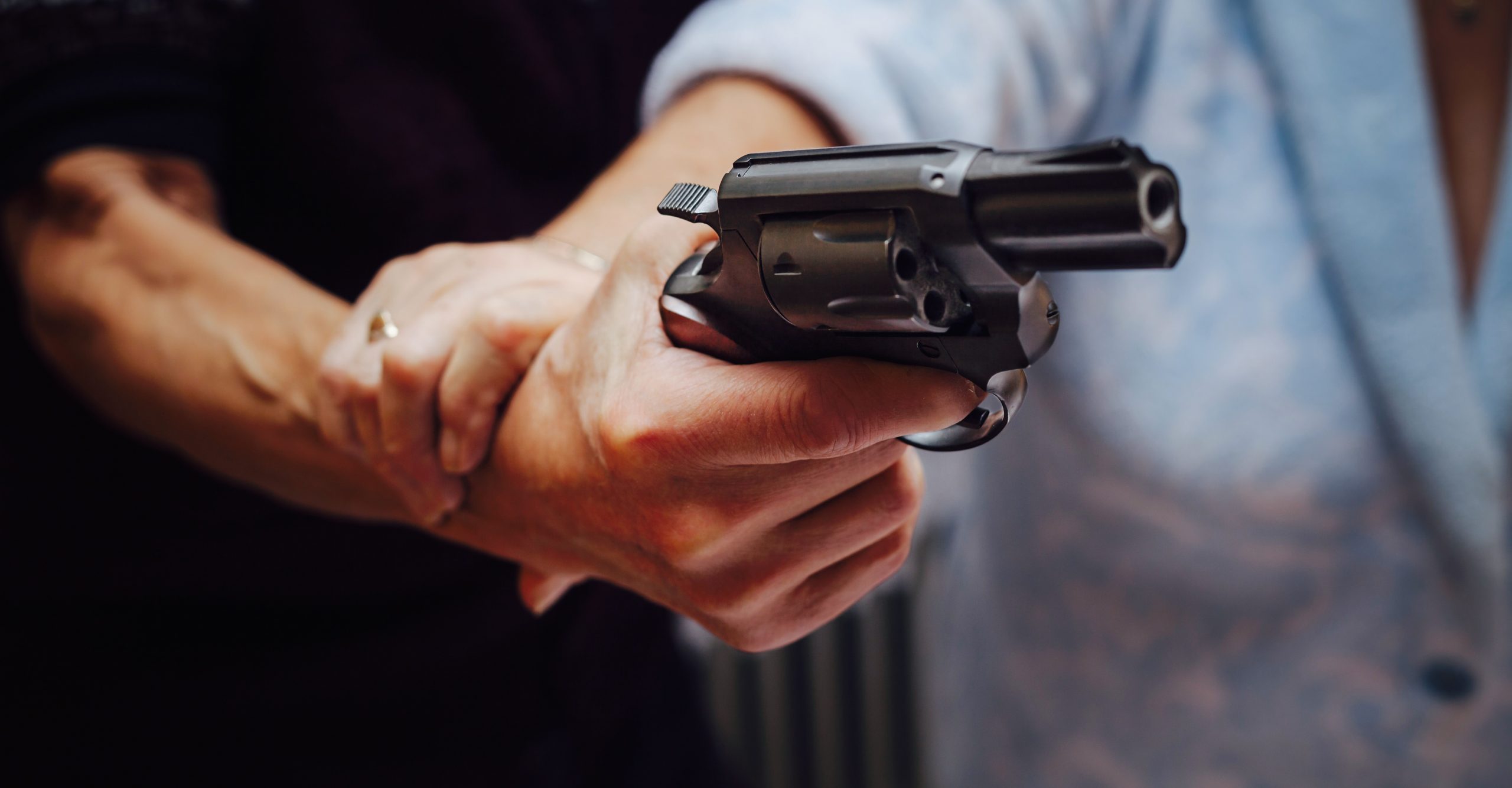Over two days last week, Eulalio Tordil allegedly went on a shooting rampage in the Maryland suburbs of Washington, D.C., that left three people, including his wife, dead and three others wounded.
Two months earlier, according to local authorities, he had surrendered at least 10 guns under a judge’s order issued after Tordil’s wife accused him of physically and sexually abusing his family.
But Tordil, a Federal Protective Service officer, kept at least one weapon when he handed in the rest of his arsenal: a .40-caliber Glock he allegedly used to carry out the shootings on May 4 and 5.
Tordil bought the gun legally in Las Vegas in 2014, said State’s Attorney John McCarthy at a hearing on Monday where Tordil was denied bond.
Tordil kept the weapon by exploiting a weakness in state and federal laws designed to keep domestic abusers from using weapons: Local law enforcement had no way of knowing he owned it.
Maryland has a handgun registry. But Nevada, where Tordil purchased the Glock, does not. Nor is there a federal registry of firearms, the spectre of which the National Rifle Association and its allies have used to knock down a range of legislation.
David Cheplak is a spokesman for the Baltimore Field Division of the Bureau of Alcohol, Tobacco, Firearms, and Explosives, which traced the gun, found in Tordil’s car, to a federally licensed dealer in Las Vegas. He said that if Tordil had bought the weapon in Maryland, he would have been required to register it there with state police.
But the registration requirement applies only to firearms purchased in Maryland; there’s no enforceable mandate that owners inform law enforcement of guns acquired in other states. Because Tordil, a former Nevada resident, bought the gun there, he could sidestep Maryland’s registry.
“It’s basically self-reporting,” Cheplak tells The Trace.
Under the March 17 protective order, Tordil, a resident of Prince George’s County, was required to give up all the guns he owned. But when he showed up at a sheriff’s office to turn over his guns, the officers there had to take him at his word that he was surrendering his full arsenal.
“There’s no way,” Sharon Taylor, a spokeswoman for the sheriff’s office, tells The Trace. “We have no authority to do anything other than take possession of the guns that he brings to sheriff’s office.”
https://www.scribd.com/doc/312046076/Tordil-Peace-Order
In all, Tordil surrendered seven firearms. That’s two more than the five weapons Gladys Tordil had told authorities that she believed her husband owned and which are identified in the order. Just two of those guns were registered in Maryland, according to Taylor.
Under a preliminary protection order issued March 6, Tordil was placed on leave from the Federal Protection Service and “relieved of three service-issued firearms” that he used for his job.
Maryland has a relatively robust law aimed at alleged domestic abusers. The authority to require suspects to give up guns has “enormous benefits for victims of domestic violence,” Taylor says, but is limited by the lack of a totally effective gun registry.
If Gladys Tordil or other family members had known of the extra gun Tordil kept, or if a record existed, then the sheriff’s office could have obtained a warrant from the judge and confiscated it as long as the protective order was still in effect.
But authorities had to rely on the word of a man accused of threatening to kill his wife that he was giving up his means to do so. That left Tordil free to stay armed and murder Gladys Tordil and two others.
[Photo: AP Photo/Alex Brandon]

